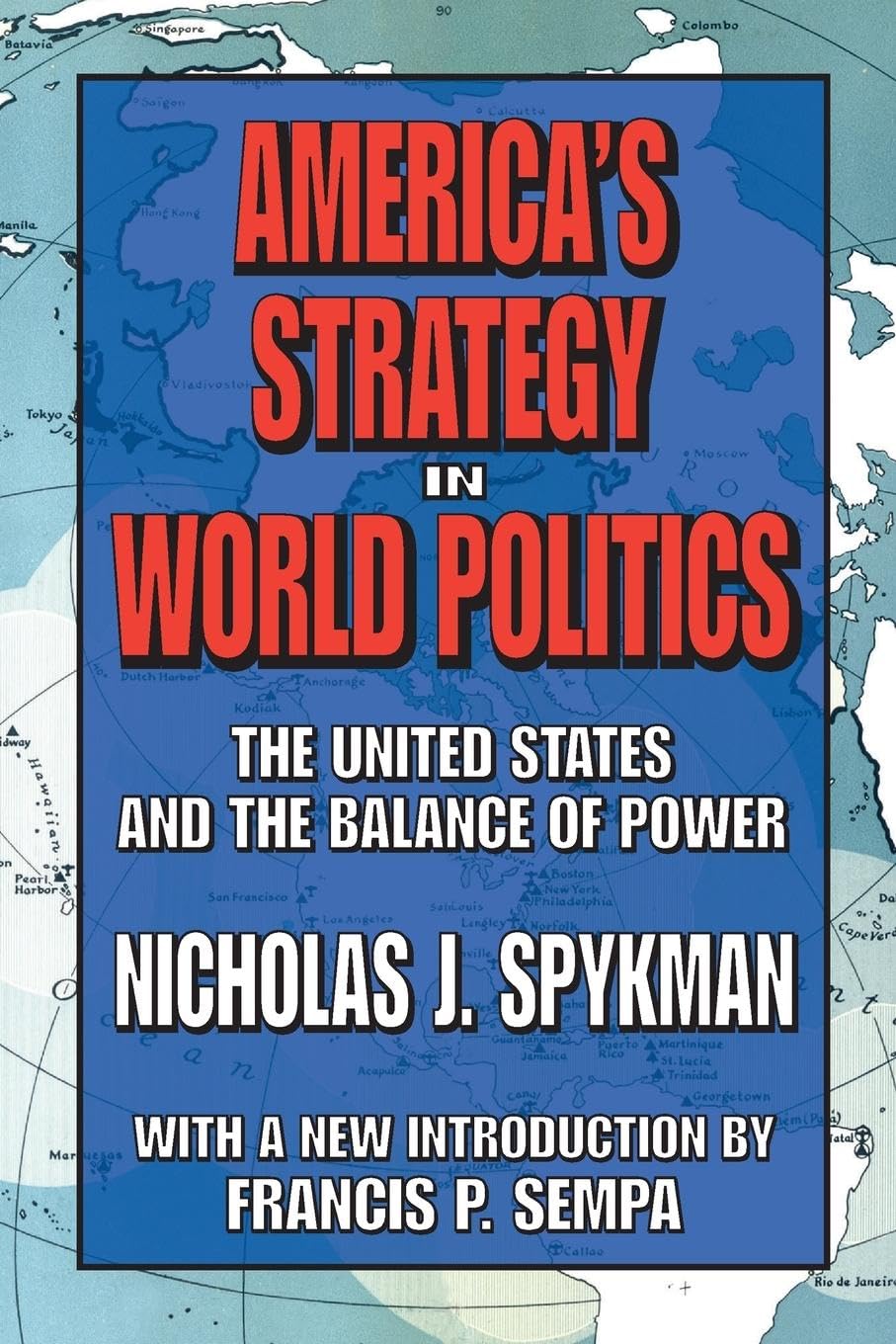-
WolfmanOz at the Movies #98
Mr. Blue, Mr. Grey, Mr. Brown and Mr. Green. Are the code names of four heavily armed men who hijack a New York City subway train and demand a ransom of $1 million for the 18 people taken hostage in the front car in the 1974 movie The Taking Of Pelham One Two Three. The…
-
When the Trees Block the Woods
A bifurcated tale this week which bounces off the disposition of Tony Abbott. First on budgeting and second on Ukraine. I like Tony Abbott. He is a traditionalist and a great supporter of Christendom. But I am not sure of the soundness of his political and strategic nous. His post-election budget after winning a resounding…
-
In Tandem with the Antichrist
Walking to church last Sunday. A little late. It was already 9 am. Part of the reason for my lateness was that I had decided to bundle up and drop off some unwanted clothes at the Sally Army store, which is on my way. A red MAGA cap was part of the bundle. It looked…
- Open Thread – Thurs 3 April 2025
- WolfmanOz at the Movies #98
- Open Thread – Mon 31 March 2025
- When the Trees Block the Woods
- Open Thread – Weekend 29 March 2025
Maybe GI related?
Tariff Derangement Syndrome LOL. A condition increasingly suffered by “experts” across the planet. Fortunately, there is no known cure.
It’s always funny when you lot invoke “drill baby drill” like it is a policy that means anything at all,…
Sanchez: I asked Grok to come up with an estimate on how much it costs Nike for a pair of…


Oh, OK. I take your point about “special exemptions” which are bad enough at industry level, but really, really bad…